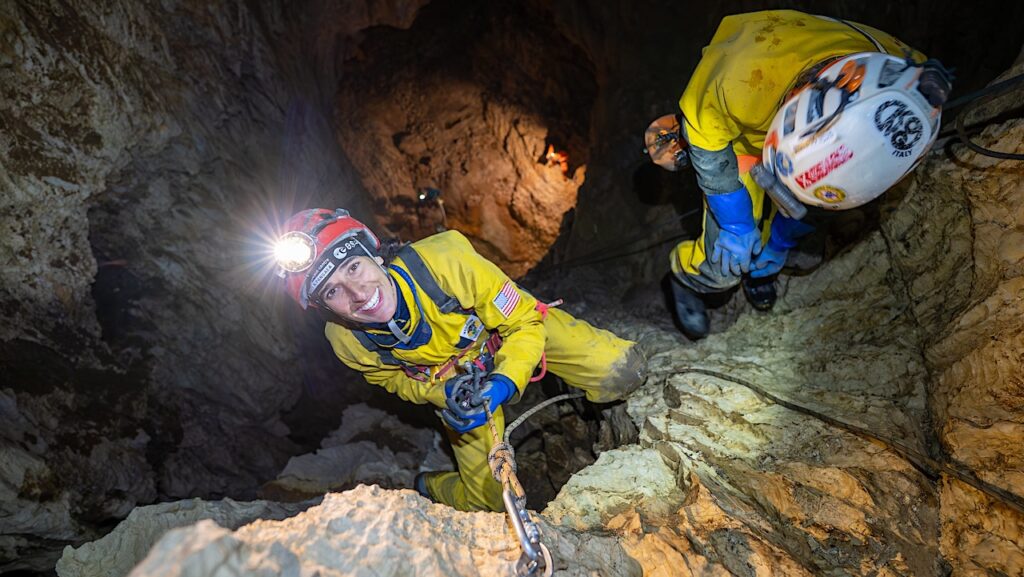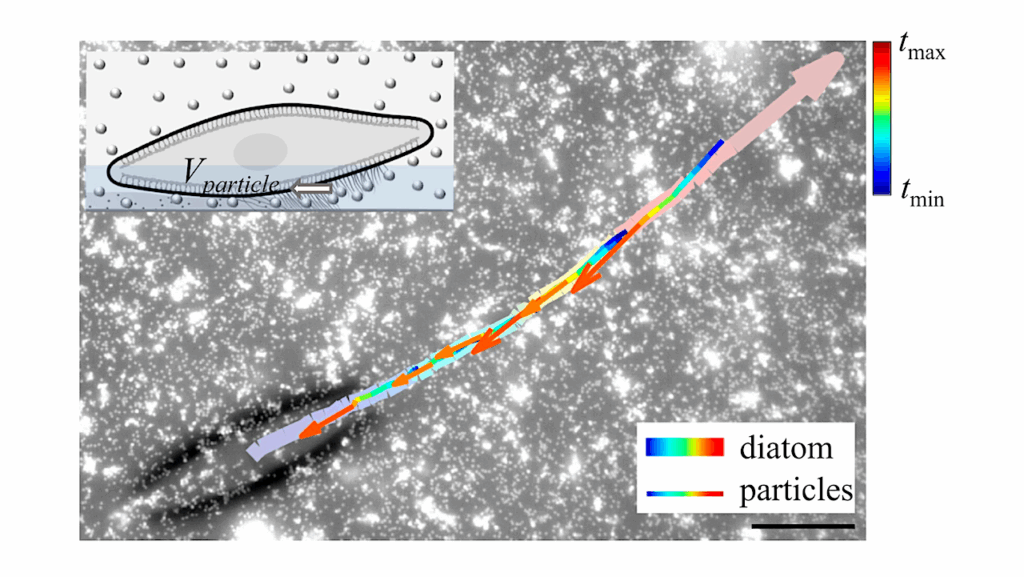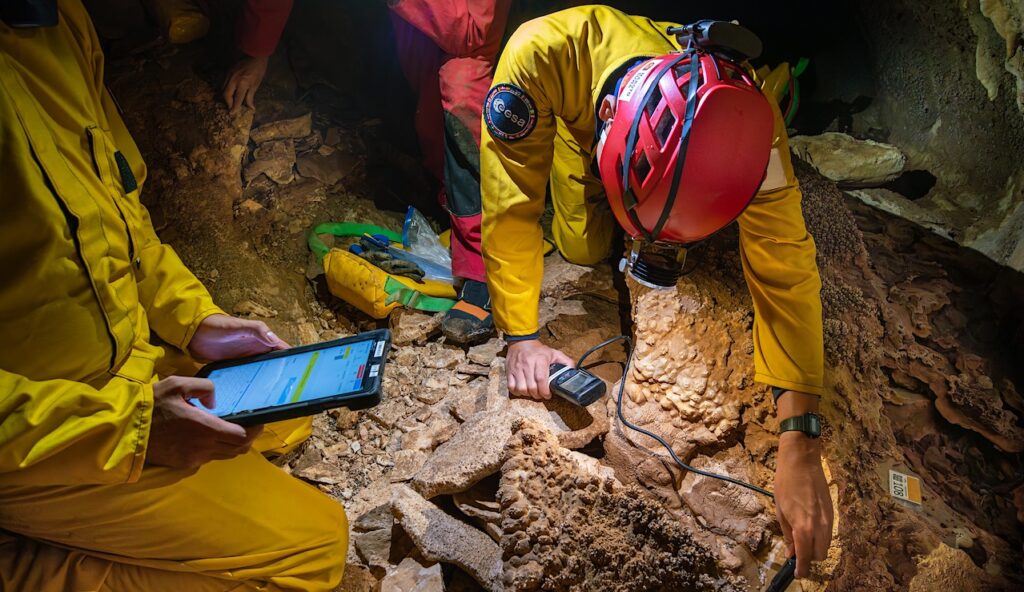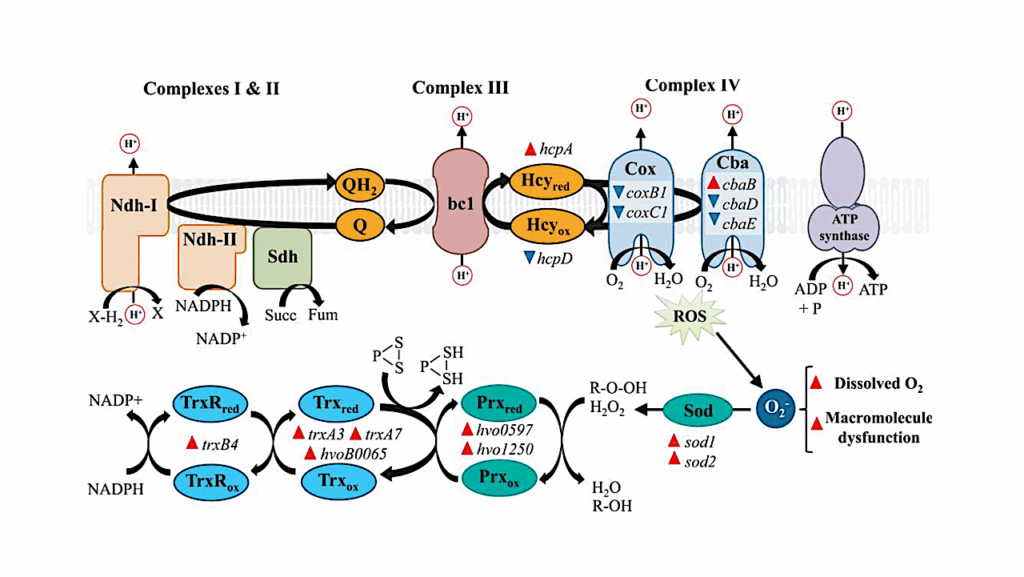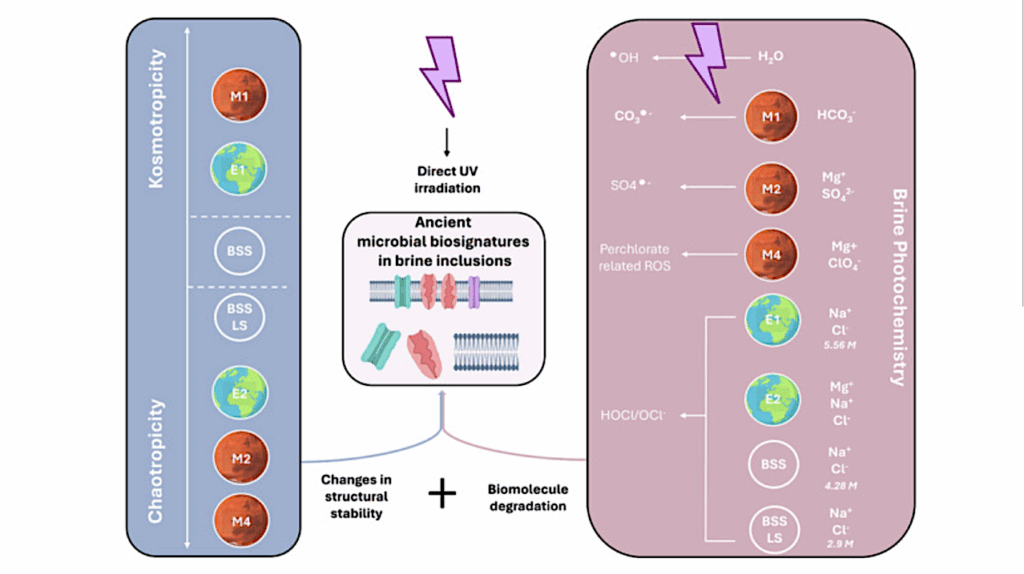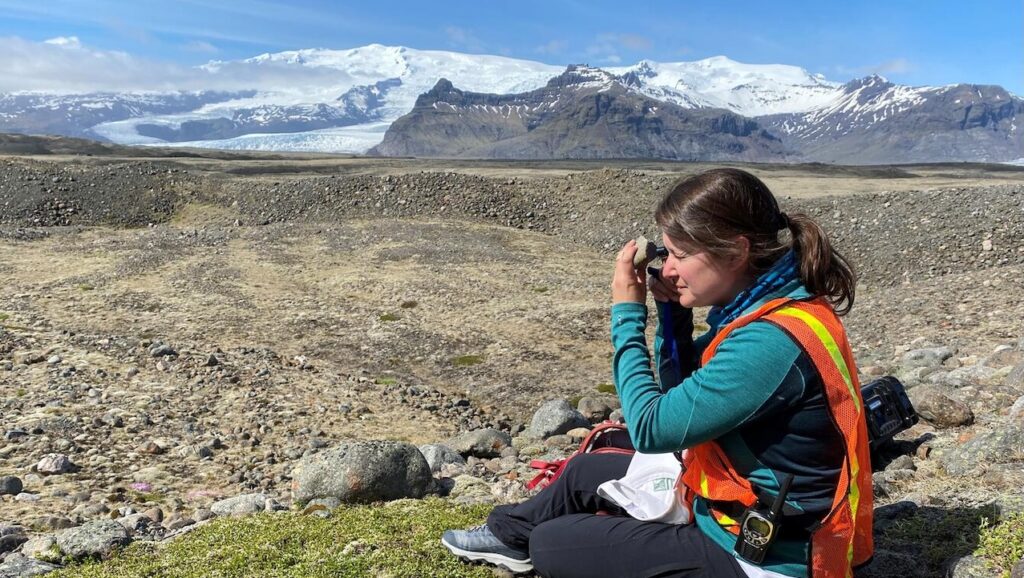Planetary Protection Protocols On Earth: Non-native Terrestrial Species In Antarctica

Antarctica has been subject to direct human activity for a little over 200 years. In recent decades, the combination of sharp increases in human activity and regional climate change, particularly around the Antarctic Peninsula and Scotia Arc, have placed the terrestrial and freshwater environment under increased threat of non-native species introduction and establishment.
Policymakers, including those on the Antarctic Treaty Consultative Meeting’s Committee for Environmental Protection, need accurate and up-to-date information on the presence and status of non-native species within Antarctica upon which to base their decision-making. Here we collate available information to consider the status of known non-native species in the terrestrial Antarctic, and how this has changed in the past decade.
Of known establishments, we found 46% to have been deliberately introduced during historical transplant experiments and subsequently removed, 36% were non-experimental introductions, and 18% only survive(d) synanthropically (i.e., associated with Antarctic facilities).
All non-native species currently established in the natural Antarctic environment are located in either the Antarctic Peninsula, South Shetland Islands or South Orkney Islands (i.e., the maritime Antarctic region, with none in the continental Antarctic), with invertebrate species dominating.
Most of the currently established non-native species have now been present for more than a decade, though the more recent appearance of non-native flies in station sewage treatment plants and their expansion into the Antarctic environment is a major cause for concern.
While there has been some success in eradicating introduced plants, management of introduced invertebrates in the natural environment has largely not been attempted. Considerable scope exists for the Antarctic Treaty Parties to better coordinate non-native species management across the invasion continuum.
Status assessment of non-native terrestrial species in Antarctica, NeoBiota (open access)
Astrobiology


